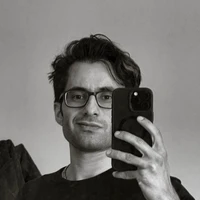Submitted by
 taesiri
taesiri
new
Get trending papers in your email inbox once a day!
Get trending papers in your email inbox!
SubscribeGet trending papers in your email inbox once a day!
Get trending papers in your email inbox!
Subscribe